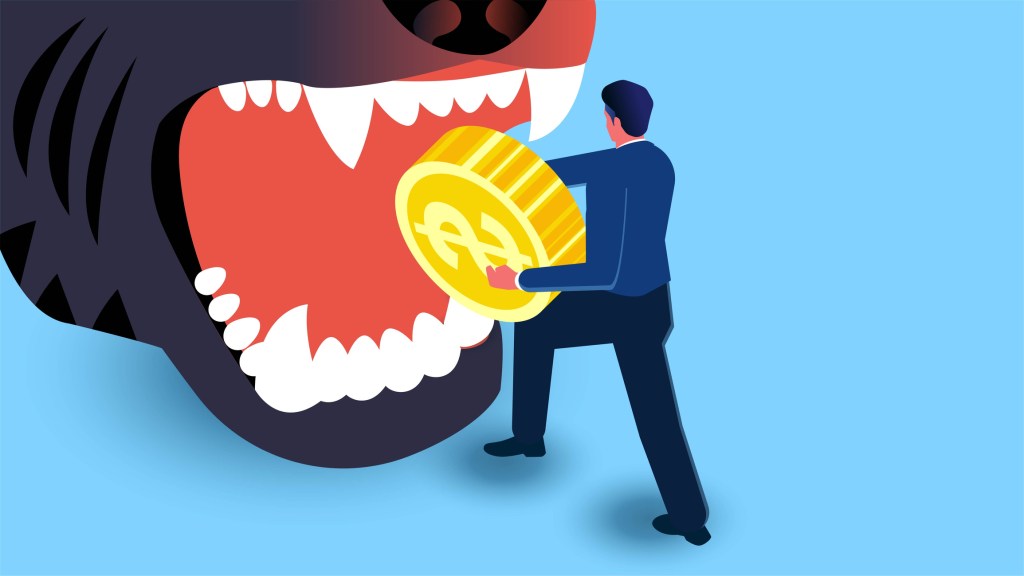The Rapid Rise of ‘Buy Now, Pay Later’ Services: A Looming Financial Concern
The ‘Buy Now, Pay Later’ (BNPL) model has seen a meteoric rise in recent years, transforming consumer purchasing behaviors and reshaping the financial landscape. While this payment method offers immediate gratification without upfront costs, its rapid expansion raises significant concerns about consumer debt and the broader economic implications.
The BNPL Boom
BNPL services have surged in popularity, with approximately 91.5 million users in the United States alone. Initially marketed for discretionary items like electronics and fashion, these services are now being utilized for essential purchases, including groceries. This shift indicates a deeper reliance on short-term credit for daily necessities, reflecting underlying financial strains among consumers.
Rising Delinquencies and Phantom Debt
Alarmingly, default rates among BNPL users are escalating. In 2025, 42% of users reported making at least one late payment, up from 39% in 2024 and 34% in 2023. A significant issue contributing to this trend is the phenomenon of phantom debt. Since many BNPL loans aren’t reported to credit bureaus, consumers can accumulate multiple loans across various platforms without traditional lenders being aware. This lack of visibility hampers accurate credit assessments and increases the risk of over-indebtedness.
Economic Indicators and Consumer Behavior
Several economic factors compound the concerns surrounding BNPL services. Unemployment rates have climbed to 4.3%, the highest in nearly four years. Additionally, the conclusion of the student loan payment moratorium has reintroduced significant financial obligations for many borrowers. These pressures may drive consumers to rely more heavily on BNPL options, potentially leading to a cycle of debt accumulation.
Regulatory Landscape
Regulatory bodies are beginning to scrutinize the BNPL sector more closely. The Consumer Financial Protection Bureau (CFPB) has signaled intentions to implement stricter oversight, aiming to address issues like data harvesting and the ease of accumulating multiple large loans. This regulatory attention underscores the need for transparency and consumer protection within the BNPL industry.
Global Expansion and Market Dynamics
The BNPL model’s appeal isn’t confined to the United States. In Mexico, for instance, companies like Aplazo are leveraging BNPL as an alternative to cash, catering to a largely underbanked population. Similarly, in Italy, startups like Qomodo are expanding BNPL services to physical merchants, indicating a global trend towards this payment method. However, this rapid expansion also brings challenges, including regulatory compliance and the need for sustainable business models.
Industry Challenges and Consolidation
Despite the growth, the BNPL industry faces significant challenges. Major players like Klarna and Affirm have reported substantial losses, highlighting the high costs associated with scaling BNPL services. This financial strain has led to consolidation within the industry, with companies like Upgrade acquiring travel-focused BNPL startup Uplift, and Amazon purchasing Indian BNPL provider Axio. These moves reflect a strategic shift as companies seek to diversify offerings and achieve profitability.
Consumer Implications and Financial Health
For consumers, the convenience of BNPL services can be a double-edged sword. While they provide immediate access to goods and services, they also pose risks of accumulating debt without a clear repayment strategy. The lack of reporting to credit bureaus means that consumers might not fully grasp their financial obligations, leading to potential financial distress.
Conclusion
The rapid expansion of ‘Buy Now, Pay Later’ services presents both opportunities and challenges. While they offer consumers flexible payment options, the associated risks necessitate careful consideration by regulators, industry players, and consumers alike. Ensuring transparency, promoting financial literacy, and implementing robust regulatory frameworks will be crucial in mitigating potential negative impacts on the economy and individual financial health.



